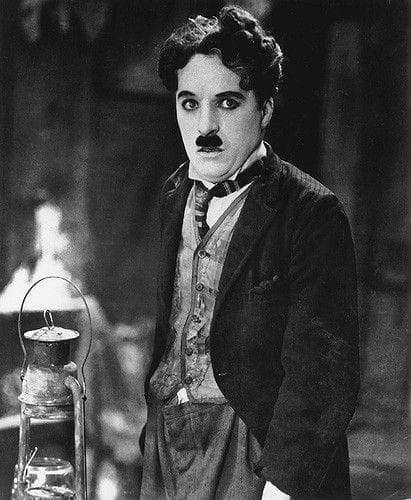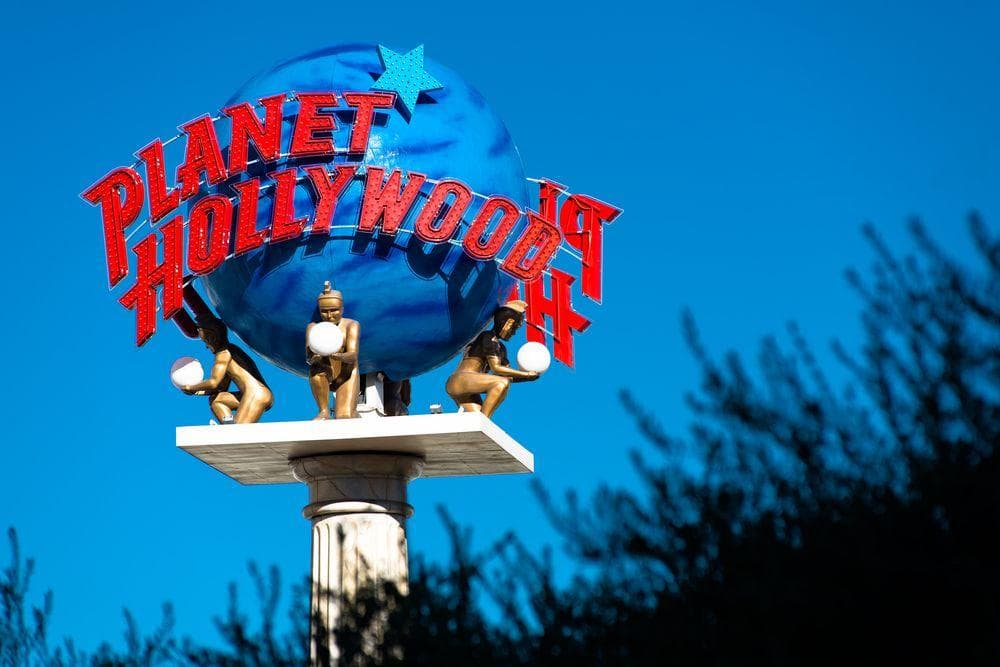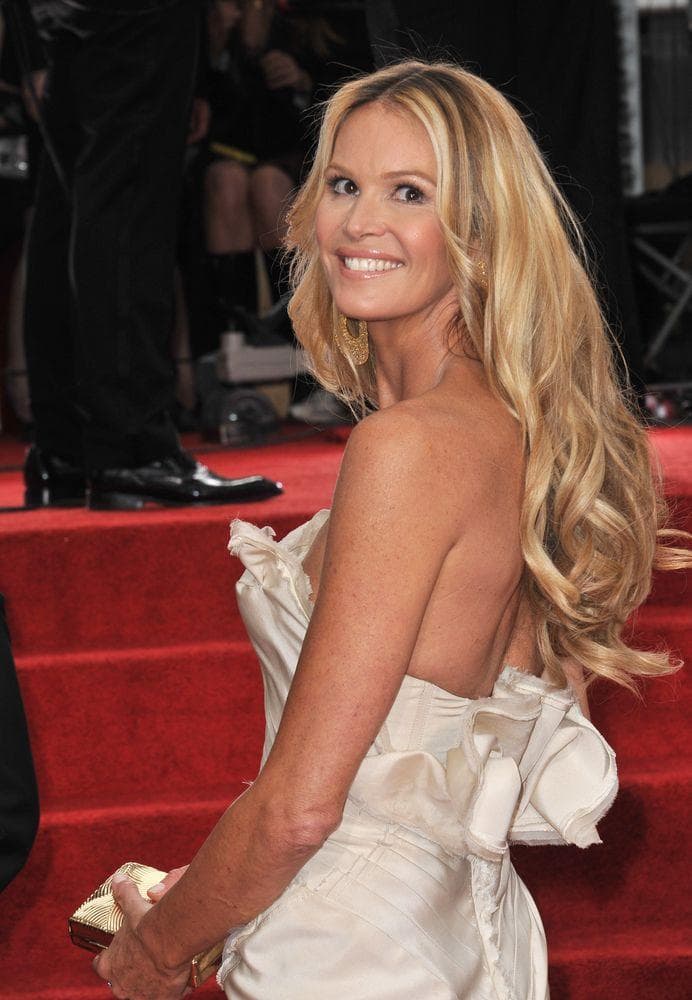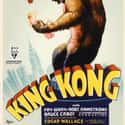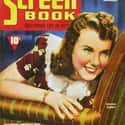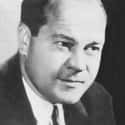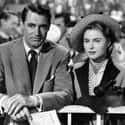-
(#3) Block Booking
Studios sold films to theaters in blocks. A standard block contained of 20 or more features, one of which was a high quality picture with broad appeal, the rest of which were a grab bag of B-movies of varying quality. Theater owners weren’t fans of the block system, because it ate up the majority of the playbill for the year, but they had to go along in order to get the biggest films each year.
In many cases, when theater owners bid on block from a studio, some films included weren't even made yet. Because of this, programmers had no idea how bad a picture might be. What's more, if the final product differed from descriptions provided by the studio, programmers would have no idea to whom the project might appeal and how to promote and schedule it. Theaters were also required to take short films, which were tacked onto features. Block booking was a major impediment to theater owners meeting the taste of clientele.
On top of this, the Big Five owned controlling stakes in theater chains, which were exempt from block booking, and therefore would only show the best, most commercially successfully and high quality films. This cut into the business of theaters lashed to the block system.
-
(#15) International Cinema, Art House Theaters, And Roberto Rosselini Made The Hays Code Obsolete
By the late ‘40s/early ‘50s, small, independent theaters were more interested in screening foreign and independent films that weren’t hemmed in by the Hays Code than tame Hollywood fare. Increasingly, audiences preferred the gritty and realistic (Neorealism) or experimental and artistic (Bergman, Ozu, Mizoguchi) storytelling of foreign filmmakers to wholesome, water-downed American turd.
In 1952, the Supreme Court determined Italian filmmaker Roberto Rossellini’s controversial picture The Miracle was protected under the First Amendment in Joseph Burstyn, Inc. v. Wilson. The film contained contentious interpretations of Catholic imagery; many believed it mocked the virgin birth of Christ (although, come on, who is anyone to challenge the Italians on Catholicism, except maybe the Irish?).
The Hays Code slowly fell by the wayside, but Hollywood didn't have a rating system in place. Theaters billed potentially controversial films as “Recommended for Adults Only,” which only served to intrigue and attract audiences.
-
(#7) Stars Had To Look Good (The Studio Took Care Of The Rest)
The average actor’s contract ran for seven years, on account of the De Havilland Law. Actors performed in whatever films the studio desired. Studios also loaned actors to other studios without consent or permission, sometimes as punishment for misbehavior on the actor's part. Actors of all types were under contract; lead, supporting, and extras. And all casting was typecasting.
Looks-over-talent was Hollywood's philosophy. An actor was groomed, chiseled, and molded to have a screen presence. They were given diction lessons and schooled on posture, and took horseback riding, fencing, and dance lessons. Appearance was hugely important. Weight maintenance was standard in contracts. Physical fitness was strictly enforced. What couldn’t be worked off was surgically altered. If a nose was too big, a chin too wide, plastic surgery was a given.
“A star is made, created; carefully and cold-bloodedly built up from nothing,” said Louis B. Mayer. “All I ever looked for was a face. If someone looked good to me, I'd have him tested. If a person looked good on film, if he photographed well, we could do the rest.”
-
(#5) The Hays Code Was A Self-Censorship System Created To Avoid Federal Interference
Formally known as The Motion Picture Production Code, the Hays Code was put in place in 1930 but not strictly enforced until 1934. The code was a way for the studios to self-censor in answer to the government’s threat to ban films the public might deem offensive and morally unacceptable.
Pre-code films were far racier and more tolerant than post-code films. Sexuality, nudity, feminism, and gay characters were part of the cinematic landscape before the code was enforced. Will H. Hays was president of the Motion Picture Producers and Distributors of America when the code was adopted, hence the name, but it was more closely associated with Joseph Breen, who was appointed by Hays to enforce it.
The code drastically changed American cinema by banning sex, pregnancy, and promiscuity, upholding the sanctity of marriage, and adding twin beds in the budoir. The code also banned biracial relationships and gay characters. Villains couldn’t get away with murder. Violence was squelched or sanitized.
The American happy ending was born. Meanwhile, in Europe, characters had angst, were betrayed, and pondered real life issues where a happy ending was never guaranteed. The upside of the Hays Code? It created snark. Many took direct shots at the code, mocking it outright.
-
(#9) Studio Fixers Like Eddie Mannix Helped Stars Avoid Trouble With The Law
If you've seen Hail, Caesar, you know all about Eddie Mannix (pictured), an infamous studio fixer of old Hollywood. He got stars out of trouble by whatever means necessary. He helped Joan Crawford out of a spot of bother, perhaps with the assistance of the mob, when some extortionists came upon a copy of a lesbian porn film she made before becoming famous.
The following story from Clark Gable by Warren G. Harris demonstrates the extent to which studios went to protect stars. It also debunks the long-held rumor that Gable hit and killed someone. It's a long story, but worth the read.
“In March [1945] Gable’s heavy drinking finally caught up with him. While driving home from a party celebrating the American victory on Iwo Jima, he lost control of the car as he passed through the Bristol Circle, a dense tree-filled traffic island on Sunset Boulevard in residential Brentwood in West Los Angeles. It being around four o’clock in the morning, there may have been no eyewitnesses to what actually happened. But MGM publicists and security chief Whitey Hendry got to the accident scene before it was reported to the police or press.
[MGM publicist] Howard Strickling later claimed that Gable crashed into a tree on the front lawn of Harry Friedman, a talent agent for MCA. According to Strickling, Friedman knew enough about the industry’s penchant for secrecy to phone MGM instead of the cops.
‘It wouldn’t have been good if a photographer arrived and snapped Clark Gable lying on the lawn covered with blood and his car all cracked up, Strickling said. After a studio doctor arrived to patch up Gable, he was taken to Cedars of Lebanon Hospital, and the wrecked car was quickly towed away.
At the hospital Gable required ten stitches for head and shoulder wounds and was detained for ‘observation.’ He was in a drunken stupor and kept threatening to walk out, so all his clothes were taken away to lessen the chances. He spent the next three days in isolation, being thoroughly dried out.
The press had so many informants at Cedars of Lebanon that Gable’s presence became known within minutes. Amusingly, the story handed out by MGM was that Gable’s car had been sideswiped by a drunken driver who immediately sped away! Nobody believed it, but it got printed and also started rumors of what really happened. One of the more extreme had Gable killing a pedestrian and MGM persuading one of its minor executives to take the rap for him! After ‘confessing’ that he had really been driving the car and Gable was only a passenger, the exec supposedly served a year in jail for manslaughter, after which MGM rehired him with a whopping pay increase and pension plan.”
-
(#18) Studio Power Was Weakend By Agents, Who Carved Up Talent Pools And Freed Creatives From Contracts
When the studio system began, agents swarmed Hollywood, imbedding themselves in every aspect of the business. While they tended to work with studios to cultivate an actor’s career, they were also considered the enemy. Agents had backgrounds in everything from advertising to real estate and banking, and knew how to dig in and fight.
Ultimately, agents won in the battle for control of their clients' careers. Leading stars had power and the studios had to share that power with the actor and agent. Agent-led negotiations on behalf of stars ended the era of contracts and created an environment in which most writers, directors, and actors worked freelance (writers lucky enough to get development deals moved from studio to studio based on who offered what).
Eventually, and somewhat ironically top agencies became their own versions of studios, packing projects with actors and directors, from scripts by clients.
New Random Displays Display All By Ranking
About This Tool
It is not an exaggeration to say that the studio system has created Hollywood’s glory. The old Hollywood studio system is a production model for large companies in American movie history to produce movies. The filmmaker takes the lead and emphasizes the role of the movie stars. The studio system has a decisive influence on the future development of Hollywood.
You must watch lots of Hollywood movies, but most people don't know the facts about how the old Hollywood studio system worked, our generator will help you to get more details, and it has more interesting content, you could search for other things with the tool.
Our data comes from Ranker, If you want to participate in the ranking of items displayed on this page, please click here.

